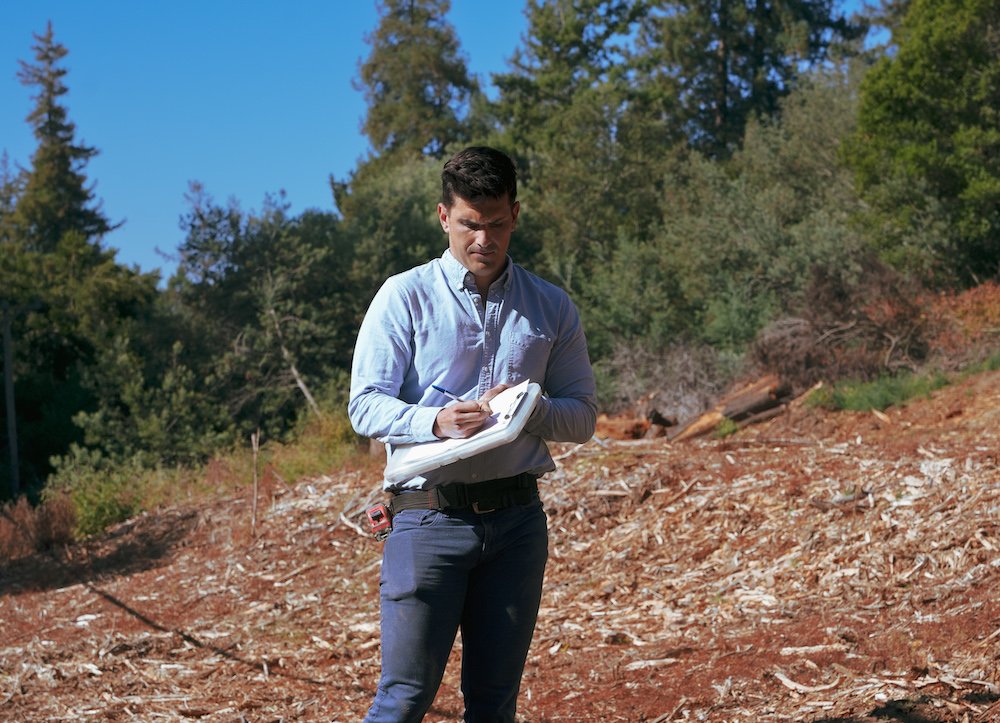
Repair An Existing Septic System
Whether it’s caused by an unexpected flood or the lack of proper maintenance, a damaged septic system requires immediate repair.
If you’re smelling bad odors and seeing signs of backup or poor drainage, it might be time to repair your septic system. But before you embark on expensive and costly route of repairs, it’s important to identify exactly what’s wrong.
Reach out with your concerns and we can help you get started on next steps!
Signs of a Failing Septic System
Sewage-Like Odors + Smells
Backed-Up Pipes Or Slow Drains
Pools + Puddles In Your Yard
More Frequent Tank Pumping
Contaminated Well Water
Bright Green Grass Above Drainfield
Here’s How It Works:
At Fox Onsite Solutions we take a client-centered approach to simplify the installation process.
Your septic system update can be broken into two phases:
Phase 1: Testing, Design, & Permitting
Phase 2: Install & Follow Up
Phase 1: Permitting, Testing, and Design
Contact: Client contacts us with specific details about your project, including project scope (ex bedroom addition), APN, address, and any other applicable information.
1
Proposal and Parcel Feasibility: Fox Onsite Solutions with contact you with your project feasibility and if appropriate a proposal.
2
Agree to Terms + Deposit: If the proposal is acceptable the client signs the proposal and pays the retainer/deposit. Once both are completed by the client the consultant starts work.
3
Submit Permits + Schedule Testing: Applicable permits are submitted and soil testing (percolation test + soil profile) is scheduled with the county.
4
Soil Testing + Perc Testing: Soil Testing (perc test) is conducted and the observed by the county. Through this testing a soil application rate is determined.
5
Gather Maps + Records: Consultant works with owner/civil/architect/surveyor to utilize the best site map for the parcel. While also gathering the existing septic’s layout for the county office.
6
Septic System Design + Permitting: A septic system is designed based on the testing parameters . A report of the septic design is written and submitted to the county. Final design is determined based on site conditions/testing results.
7
County Design Review: County reviews project design and testing (typically 2-6 weeks). Conducts independent site visit to verify sizing.
8
Plan Approval + Building Clearance: County grants approval and send out building clearance. Allowing for the project’s building plans to be submitted.
9
Phase 2: Install and Follow Up
Permit Issued by County : Once the building plans are approved the Septic permit is issued. Now the system can be installed by an approved, certified installer.
1
Select Contractor: Owner places the project to bid and selects contractor. Specialized contractors are needed for enhanced treatment system installation. List of approved contractors are available on the county website.
2
Order parts + Schedule install: Contractor and owner order parts and schedule install. Contacting county prior to start of work with proposed start date
3
System Installation + Preconstruction Meeting(Alt): Contractor installs the system per the design specifications. County inspector oversees critical points (water tight test, septic tank, leachfield, etc.). with periodic inspections. If an enhanced treatment system is to be installed a preconstruction meeting is required.
4
As built + Final Consultant Letter(Alt): If the installed system varies from the design an “As Built” map is created to show all the component locations and important distances. If the project involves an enhanced treatment system (Alt. System) a final consultant letter is also submitted.
5
County Final: Final approval is signed off by the inspector and sent to the county so they can authorize the final occupancy of the home.
6
FAQ’s


